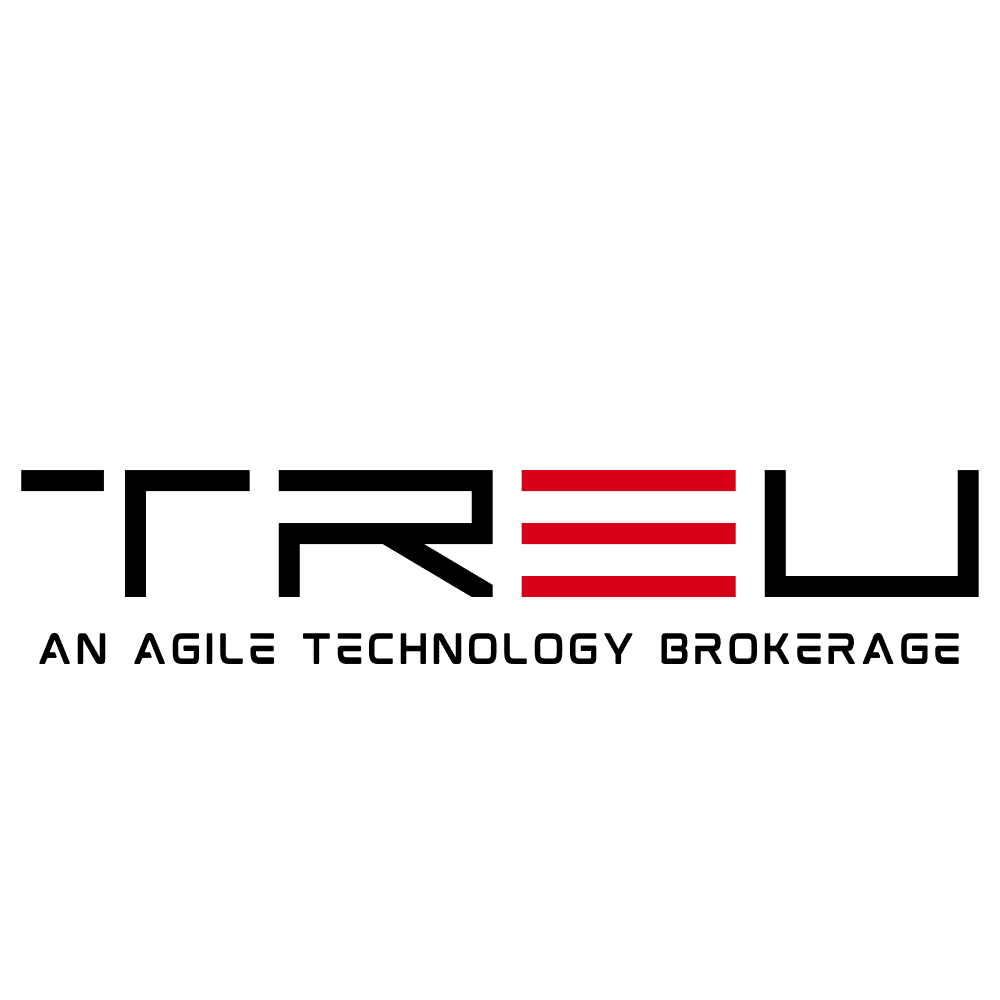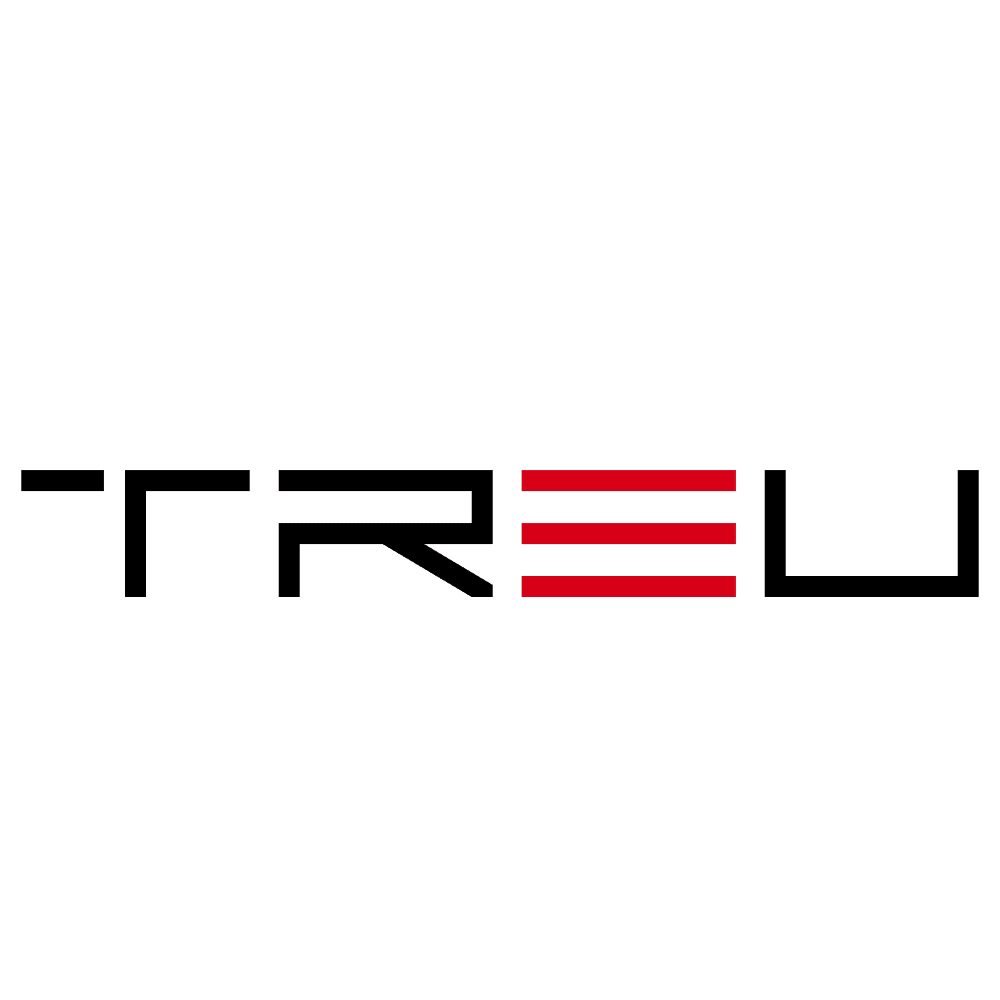How Technology Leaders Can Safely Deploy Agentic AI Systems
The rise of agentic AI systems—AI models capable of autonomous decision-making and task execution—presents both exciting opportunities and unprecedented risks. As businesses seek to leverage these capabilities to enhance productivity and deliver innovation at scale, it becomes critically important for technology leaders to develop frameworks that prioritize safety, security, and governance.
This blog post outlines a strategic playbook for technology leaders looking to responsibly integrate agentic AI systems within their organizations. Drawing from McKinsey’s expert insights, we explore the guiding principles, implementation strategies, and governance structures required to safely realize the full potential of these advanced autonomous technologies.
Understanding Agentic AI: A Paradigm Shift
Agentic AI systems are designed to perform complex tasks independently on behalf of users, making decisions, interacting with digital environments, and even collaborating with humans and software agents. Unlike traditional AI models that require input-output prompts on a per-task basis, agentic AI has a degree of autonomy that allows it to take actions aligned toward longer-term objectives.
These systems can:
- Automate multi-step business processes without human intervention
- Communicate with APIs, databases, and other agents to solve problems or deliver services
- Learn from feedback and refine their approaches over time
However, this power also comes with amplified risks—ranging from misuse and unpredictability to security vulnerabilities and ethical concerns. To guide safe deployment, leaders must incorporate a new mindset and operational approach.
The Risks and Unique Challenges of Agentic AI
Deploying agentic AI is unlike rolling out traditional software or even earlier stages of machine learning. Key risks include:
- Autonomy Risks: Agents may operate in unanticipated ways, producing unintended consequences.
- Security Threats: Autonomous AI systems are potential attack surfaces for adversaries aiming to exploit data or override controls.
- Misalignment: If agentic systems pursue goals misaligned with human intentions, they can make harmful decisions.
- Opacity: The reasoning behind agent actions can be hard to trace, creating accountability challenges.
These challenges compel technology leaders to adopt proactive risk management techniques, embedding safety and security into every stage of agentic AI development and deployment.
Building a Safe Deployment Strategy for Agentic AI
Industry leaders recognize the need for a strategic playbook that allows innovation without compromising trust. McKinsey outlines a holistic framework centered around six key principles:
1. Design for Safety from the Start
Rather than bolting on safeguards after system development, organizations should embed safety mechanisms into the architecture of agentic AI from the outset. This includes:
- Behavior constraints: Defining rulesets and limitations to control what the agent can and cannot do.
- “Red team” testing: Simulating adversarial attacks and edge-case scenarios to stress-test the agent.
- Human-in-the-loop mechanisms: Structuring systems so high-impact decisions require human approvals.
2. Define Clear Objectives and Guardrails
Ambiguous goals can lead to agentic AI taking misguided actions. To mitigate this, technology leaders should establish:
- Well-specified tasks and objectives for the AI to perform
- Boundary conditions that define acceptable operating parameters
- Ethical alignment checks that ensure agents pursue human values
3. Build with Resilience and Recovery in Mind
Even the best-designed systems can fail. A resilient agentic AI framework includes:
- Fail-safe defaults that the system reverts to during anomaly
- Monitoring tools that detect and alert unexpected behavior
- Rapid rollback capabilities for agentic actions or automation changes
4. Treat Agentic AI as an Ongoing Product Lifecycle
Deploying an agent isn’t a one-time event. Engineers must treat agentic systems like evolving products that require:
- Continual learning and updates to adapt to new data and use cases
- User feedback loops for grounding the system in real-world performance
- KPIs and success metrics tailored to agent performance and outcomes
5. Implement Robust Access and Authentication Measures
Given their level of autonomy, agentic AI systems must be protected from improper access and misuse. Core tactics include:
- Role-based access controls to restrict permissions
- Cryptographic authentication for all agent-to-agent or agent-to-system communications
- Audit logs and version tracking to maintain traceability
6. Establish a Cross-Functional Governance Model
Safe AI deployment can’t be managed by IT teams alone. A resilient governance model includes leadership from:
- Technology and engineering for architecture and scale
- Legal counsel to manage liability and compliance
- Risk officers to oversee operational, reputational, and systemic risks
- Ethics leaders to ensure alignment with human values and societal good
Accelerating Readiness: Steps for Technology Leaders
Although most enterprises aren’t yet deploying fully autonomous AI, the time to start building organizational readiness is now. Here are some practical next steps for technology leaders:
- Run controlled pilot projects to test agentic capabilities and gather usage data.
- Invest in AI observability tools that track decision-making and error rates.
- Educate executive teams and boards on the opportunities and challenges of agentic AI.
- Create incident response protocols tailored to AI-initiated events.
- Engage in industry consortia to shape shared standards and best practices.
By proactively building this foundation, companies can scale agentic AI with confidence, enabling transformative business outcomes while keeping safety and security at the front of the agenda.
The Path Forward: Innovation with Integrity
Agentic AI systems are poised to unlock new frontiers in automation, decision-making, and digital transformation. But their complexity and autonomy demand a deliberate approach to deployment—one that emphasizes resilience, transparency, and control. As we move into this new era, it is the responsibility of technology leaders to champion the safe, secure, and ethical development of these powerful agents.
By adopting a playbook rooted in proactive governance and cross-functional alignment, organizations can chart a safer course into the future of AI. Deployment isn’t just about the technology—it’s about building trust and reliability at scale.
Are you ready to lead your organization into the age of agentic AI? The time to act—with caution, clarity, and courage—is now.

